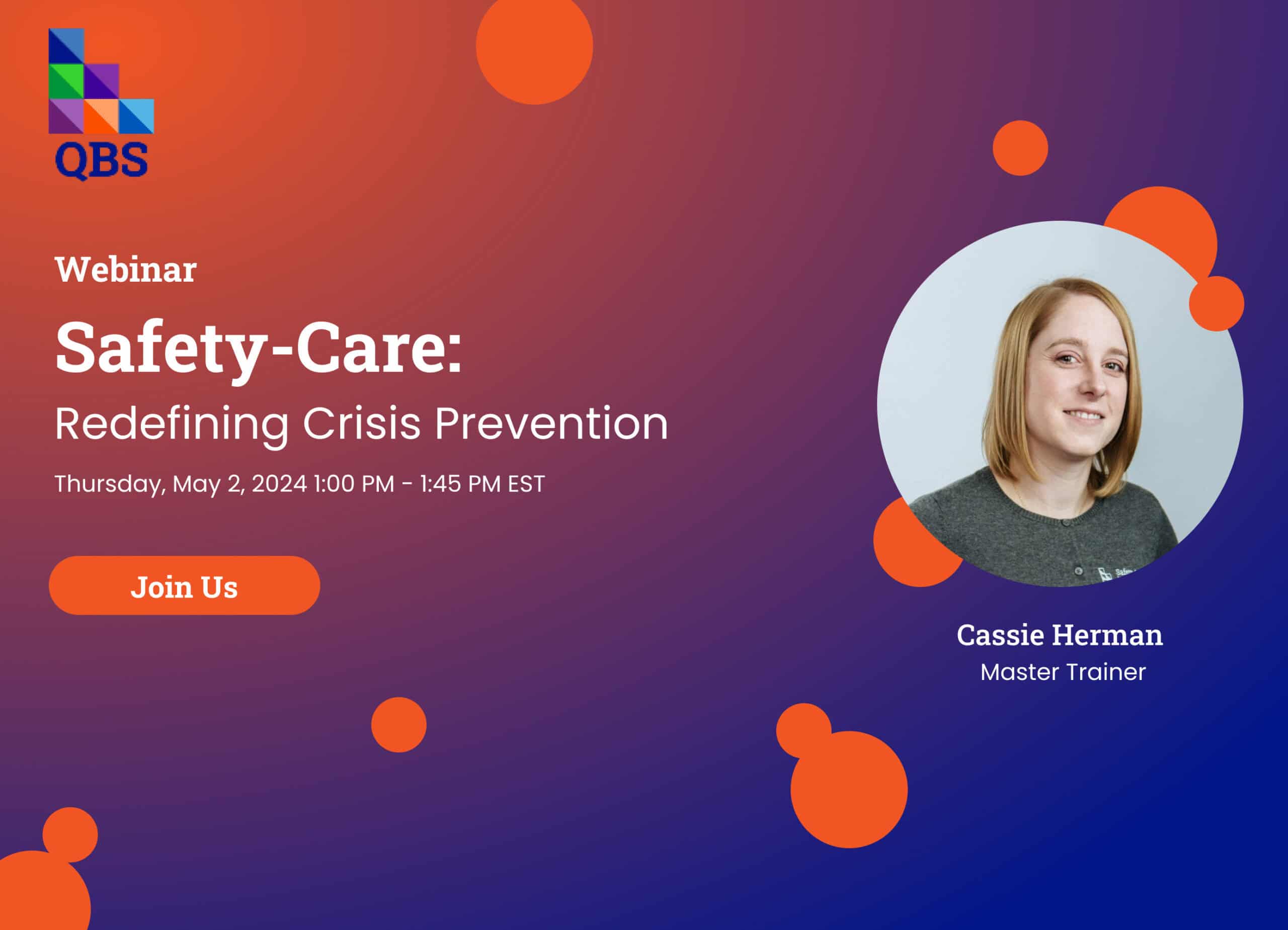Google, Instagram, TeacherTube, OpenTable, YouTube, and Twitter are just a few notable online platforms. Videos on these platforms give information and expectations of certain environments, and/or activities. Additionally, they teach a variety of “how-to’s.” These include putting on a Jeep Wrangler rooftop, making a vegan pie, or teaching your dog to skateboard. You can use these video platforms as an aide when teaching individuals with disabilities.
Working as a special education teacher in an elementary-age classroom, I was faced with many challenges. One of these challenges included teaching meaningful lessons that each student could access at their individual level of learning.
I used online video modeling to teach social skills and abstract topics such as personal preferences. To show competency in the skill, my students would demonstrate the skill with a peer or instructional assistant. These skills would only be considered mastered if the student demonstrated it across a variety of days/opportunities. To ensure generalization, individuals would practice these skills across multiple staff/ peers and settings.
Here are a few of my favorite videos to help with instruction!
Videos to Help With Teaching
For my early learners we watched videos such as opposites, to work on labeling similarities and difference.
Try using the video Belly Breathe. This video can help students practice taking deep breathes when they’re feeling stressed out, or unsure of what to do in a moment of frustration.
When practicing manners, I used Please and Thank You. Use this as a tool to support the students in teaching when to use manners and what words to say.
When preparing to enter the community, we would review this community helpers video. Pre-teaching who we were going to see when we entered the community allowed for ongoing conversations. This also was an errorless way for the students to know what community helper they were going to see.
I often used Do You Like? to guide the learners in forming their own opinions. This also aided in choice-making and identifying preferences.
More Than Just Teaching Materials
These videos were initially found to be used as teaching materials. Over time it became clear that they were much more than that. Some videos turned into preferred rewards that the students would ask to watch on their break time. A couple of students took these video examples as a way of communication and requested that their assignments be completed through video recording. There was growth in the classroom community, as each learner, no matter their level of performance, was able to access the message of these videos with their peers.

